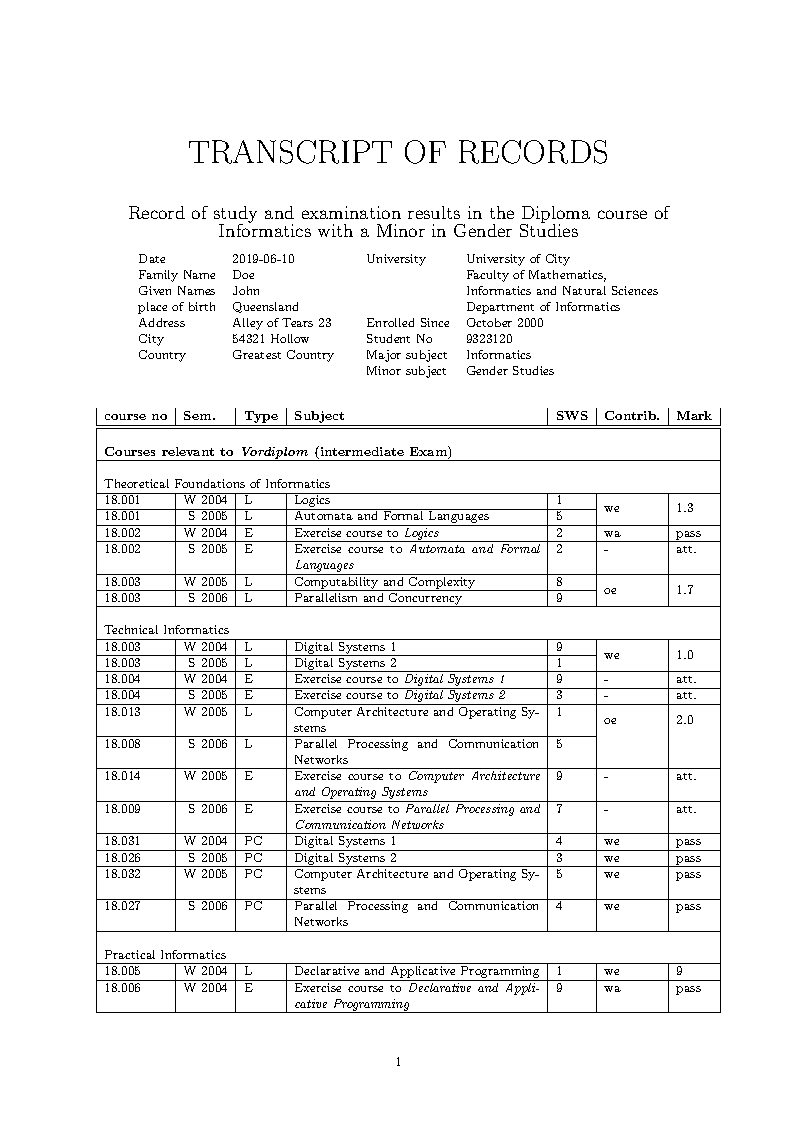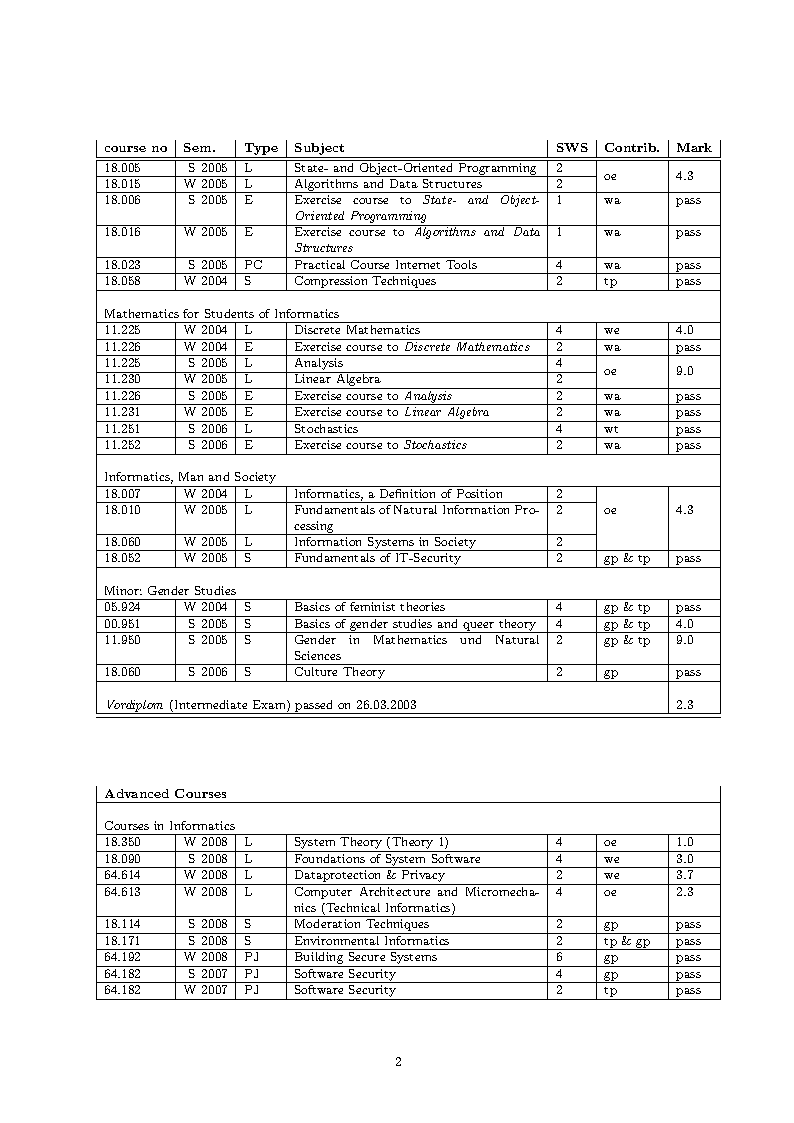While using FireWire to obtain RAM is pretty convenient and powerful, one might still consider using a different method to capture RAM. A reason might be the absence of a FireWire port or driver, or simply the fact that the necessary cable or software is missing. Another more interesting scenario is the analysis of a systems behaviour, i.e. how does the memory differ between a locked and an unlocked workstation.
Windd
Using FireWire is not the only method to get the RAM. If you want to image Windows’ RAM, you could consider running program, i.e. Windd, on the victims machine which simply dumps all memory to the disk. You might have some problems running it though:
Error: InstallDriver cannot start service (Err=0x00000002) Error: Cannot open \\.\win32dd
This not very helpful error message wants you to move the .sys file to %WINDIR%\SYSTEM32 and search and delete windd references in the Registry.
When you try to use Windd using a normal, non administrator account, you’ll find that elevated privileges are needed to run the executable:
-> Error: win32dd requires Administrator privileges
If faced with a PC which is logged in with a non administrative account, which is typically found in a business environment, the Windows runas command needs to be used to run Win32dd with the rights of either a local or domain administrator account:
runas /user:Administrator "Win32dd.exe /f c:\images\memorydump"
When using runas you’ll notice that a full path is needed to be specified for creating the image file. Without specifiying a path, Windd saves the RAM image file in to the %WINDIR%\system32 directory instead of the current directory as you would have expected.
The fmem Kernel Module
Although Linux provides a /dev/mem file, one cannot read the physical RAM through it. In order for Linux to expose the RAM via a file, one can load the fmem Kernel module and use dd to obtain the contents of the physical memory address space, e.g. to obtain one gigabyte of memory dd if=/dev/fmem of=memdump bs=1048576 count=1024.
I tried using cat to dump the RAM but found that it read past the end of the physical memory. This is a known bug with fmem which the author notes in the README file provided with the module.
In order to be able to load the module, it needs to be downloaded and compiled, doing a normal untar, make, and run the supplied run.sh script to install, first. These steps are pretty straight forward.
Using QEmu to save RAM
QEmu is a virtualisation solution that allows to dump the RAM of the guest into a file unsing the pmemsave command. I think this deserves attention because it can be used to prepare attacks using the FireWire technique. That technique allows patching the memory on a running (Windows) system which in turn can be used to, say, unlock a password protected workstation. While unlocking has been done for a Windows XP SP2 system, no publicly available tools do that for a later Windows system.
With QEmu, we are able to run a target system, say Windows XP SP3, and get two memory dumps: The first while the machine is locked, and the second right after unlocking. By looking at the difference, we might be able to tell which data has to be modified in what way in order to remotely unlock the machine. This technique can also be used to, say, disable a Firewall, elevate privileges or even inject new processes into the running system. It is noteworthy that this method is Operating System independent for both, the host and the guest, because QEmu is free software which run on many platforms and can itself run many Operating Systems.








